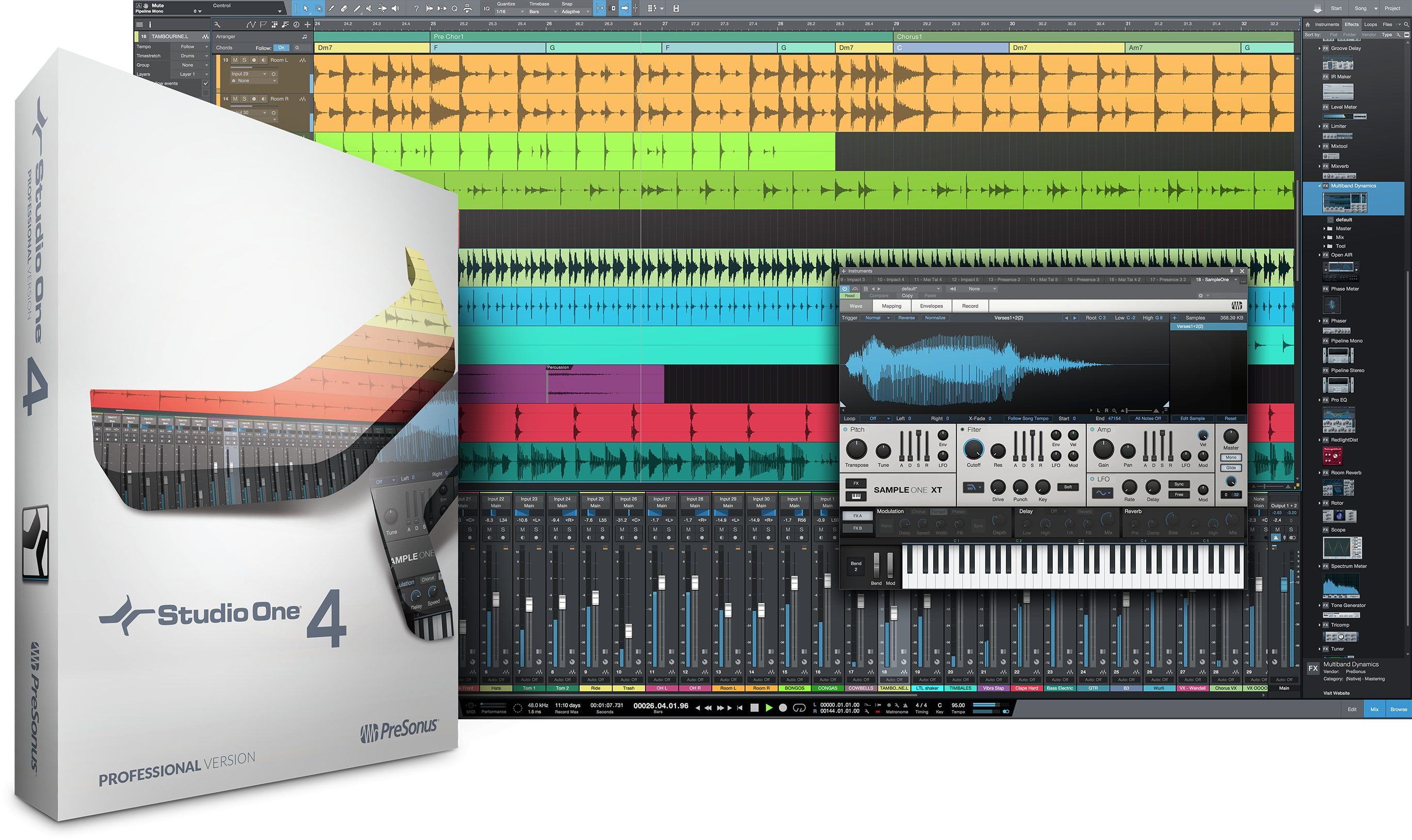


Beyond that, Artist delivers most of the major creative features (even a trial of Melodyne) of the $400 (download) Pro version. Unless of course you purchase the VST/AU/ReWire unlock add-on for $80, which still leaves it quite the bargain. It’s 32-bit as well, and you can use only the decidedly generous array of effects and instruments that it ships with.


Next up the ladder is Studio One Artist at $100 in download form. It lacks support for transient warping and grooves (templates that capture the feel of a passage and apply it to other material), doesn’t support third-party plug-ins, lacks folder tracks, and is missing a number of other features found in the pay versions, but still… Free? Wow. Though only 32-bit, there are no limitations on the basics such as number of tracks, record resolution, etc. There are three flavors of Studio One, and one of them is a startlingly capable free version-Prime. There’s a lot to take in, and even once you know Studio One, it can be tricky on the eye because many of the various elements (track content for instance) are poorly delineated. That’s partly because of the sheer number of features, but also because of the way they are presented. It’s now as powerful as they come, but adding features has exacerbated what was always a problem–visual overload and ambiguity. Over the last five years, the competition has remedied most of their interface issues, while Studio One, now on version 3.2, has caught up with them in terms of features. It also didn’t hurt that Presonus bundled Studio One with its top-rated audio interfaces. Introducing the more efficient paned interface and drag-and-drop that industry mainstays Cubase, Logic, Sonar, and Pro Tools lacked proved enticing. The market was thought saturated, nothing major had appeared in years, yet the company’s Studio One 1.0 proved almost immediately popular. When PreSonus dipped its toes into the high-end digital audio workstation (DAW) market a few years ago, it was a bit of a surprise.


 0 kommentar(er)
0 kommentar(er)
